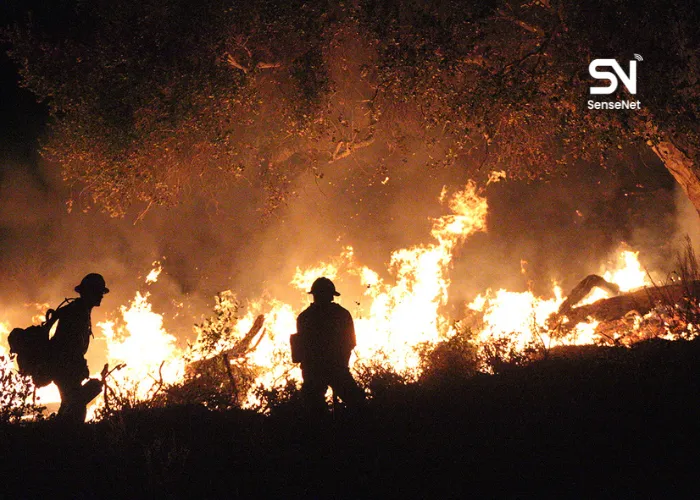
Wildfire is like an uninvited guest, it shows up whenever it pleases, without knocking, without warning. It doesn’t ask for permission, it just barges in and consumes everything in its path.
Now imagine this guest arriving in the middle of the night. Identifying and pushing it back becomes much harder in darkness. That’s exactly why fighting wildfires at night is more dangerous and more challenging. If it weren’t for modern technologies, much larger portions of our forests would have already been destroyed.
In this article from SenseNet, we’ll explore why controlling wildfires at night is so difficult and why early-warning technologies have become absolutely essential in recent years. Keep scrolling to discover more.
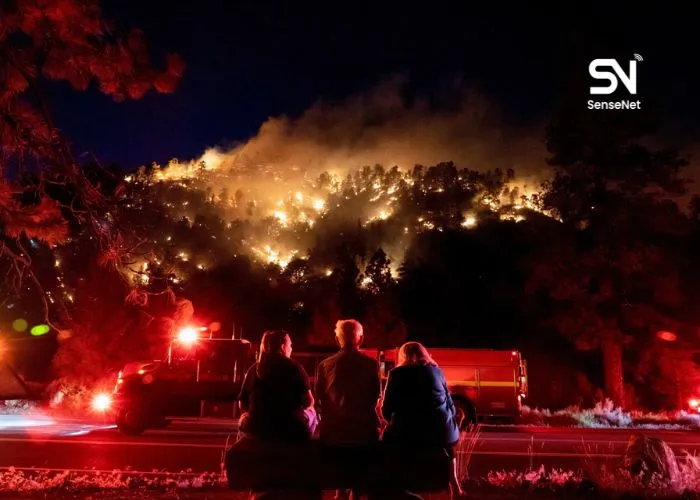
Why Are Wildfires More Dangerous at Night?
To put out a wildfire, multiple tools and strategies are required, from water-dropping airplanes and helicopters to ground-based digging equipment. But when the night sky takes over, using these tools becomes a whole new challenge.
Here are some of the main reasons why wildfires at night are so dangerous:
Limited Visibility for Aircraft
One of the most crucial firefighting methods is the use of airplanes and helicopters to drop water or fire retardants. But what happens when pilots can’t see clearly in the dark? Poor visibility makes their job nearly impossible.
Beyond that, flying at night puts pilots at risk of crashing into mountains, electrical towers, or other hidden obstacles. That’s why most aerial firefighting operations are halted once the sun sets.
Ground Crews Face Greater Risks
Nighttime wildfires are also extremely dangerous for firefighters on the ground. Interestingly, firefighting operations often take place at night because cooler temperatures and higher humidity help slow the flames. But darkness brings its own threats.
Firefighters may lose their sense of direction in dense forests or accidentally wander into dangerous mountain paths. Sadly, many have lost their lives due to these nighttime hazards. This makes nighttime deployment one of the toughest challenges any firefighter can face.
And the problems don’t end with sunrise. Even after daylight returns, operations may still be delayed due to heavy smoke and lingering haze. This thick layer reduces visibility, preventing aircraft and ground teams from resuming work quickly, while the wildfire continues to spread.
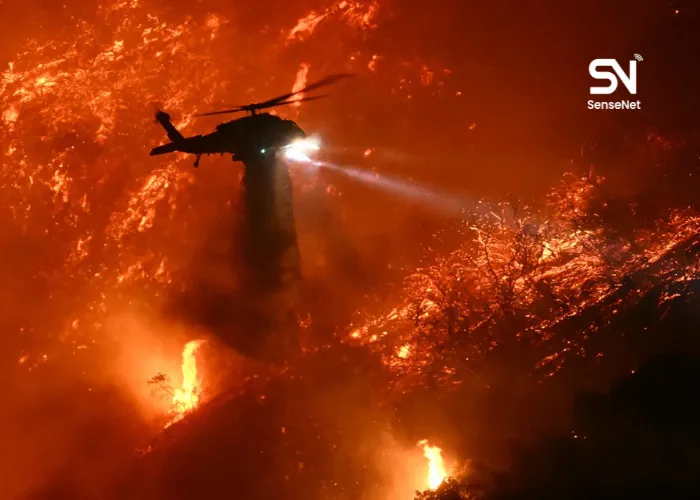
How Technology Helps Control Wildfires at Night
When nightfall makes wildfires harder to fight, technology becomes the only lifeline. Advanced tools have now become a turning point in wildfire detection and control, and they are reshaping how we respond to these disasters. Let’s take a closer look:
Night Vision Goggles (NVG)
One of the most important innovations for pilots and firefighters is modern night vision goggles. These devices enhance visibility in low-light conditions, making it possible for helicopter pilots to fly safely at night.
Unfortunately, NVG use is still limited and has not yet become widespread across firefighting operations.
Drones with gas Sensors
Another game-changer is the use of drones equipped with gas sensors. These drones can fly above forests during the night, detecting even the smallest traces of heat, smoke, or fire. Once detected, they send real-time alerts to firefighting teams.
This technology is already being adopted in many countries and is proving to be one of the most effective ways to protect forests.
Satellite Monitoring and Artificial Intelligence
Some organizations now rely on satellite imagery combined with AI analysis to monitor forest conditions. Artificial intelligence can identify wildfire risks before they spread and help predict fire behavior with remarkable accuracy.
While this cutting-edge technology is expensive and not yet widely available, it has shown enormous potential for early detection.
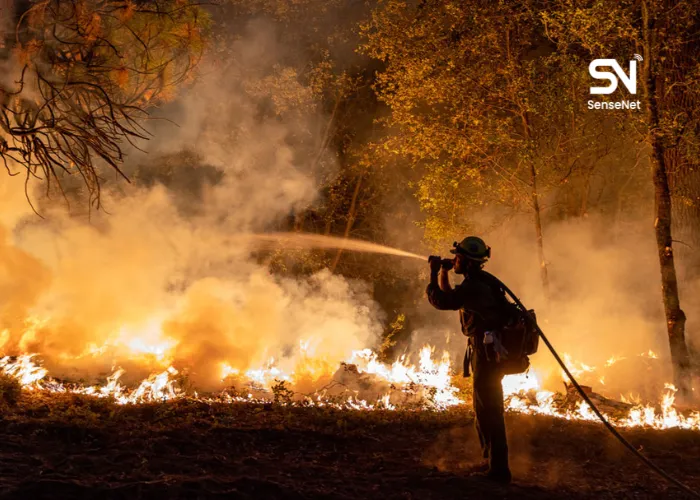
AI-Powered Cameras
Cameras equipped with artificial intelligence are another game-changer. They can detect smoke or flames in second, long before a human observer might notice and automatically alert authorities. These cameras have become an essential part of early wildfire detection systems, and companies like SenseNet are already using them to protect forests.
Ground-Based IoT Sensors
Ground sensors are another powerful line of defense. By tracking changes in temperature, humidity, and air quality, IoT-based sensors can identify conditions that signal the likelihood of a fire. They then send alerts to monitoring centers before flames even break out, giving authorities critical time to act.
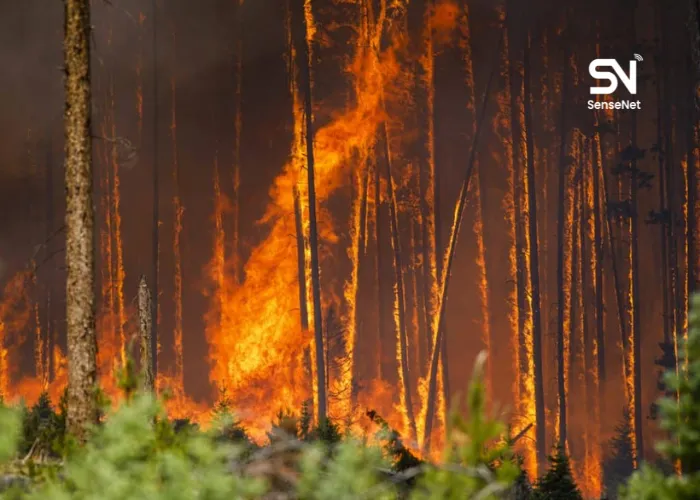
Final Thoughts
Global warming, industrial development, and other human activities have made wildfires a part of our new reality. We can’t simply stand by and watch as fire destroys the very ecosystems that sustain us.
Day or night, the answer lies in early wildfire detection technology. From thermal cameras and gas sensors to drones and AI systems, we now have the tools to stop fires before they spiral out of control.
We don’t need to be purely reactive, watching helplessly as forests burn. With advanced detection systems, we can be proactive, catching fires early and protecting our forests, our homes, and our future.

